This history book offers excellent images but skimps on modern science
For an accessible account of mostly pre-20th century science, check out The Oxford Illustrated History of Science.
Every print subscription comes with full digital access

Researchers monitor the power and location of underground nuclear weapons testing by North Korea.
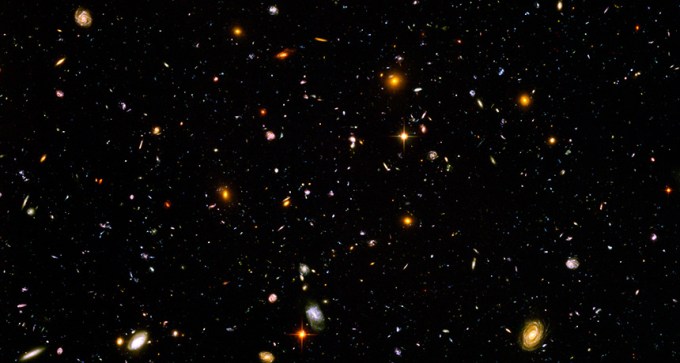
For an accessible account of mostly pre-20th century science, check out The Oxford Illustrated History of Science.

From 2017 to 2040, there will be 15 total solar eclipses. Here's a map of where to see them.

Physicists explain why roller suitcases rock back and forth as you dash through the terminal.

Scientists and journalists share a core belief in questioning, observing and verifying to reach the truth. Science News reports on crucial research and discovery across science disciplines. We need your financial support to make it happen – every contribution makes a difference.
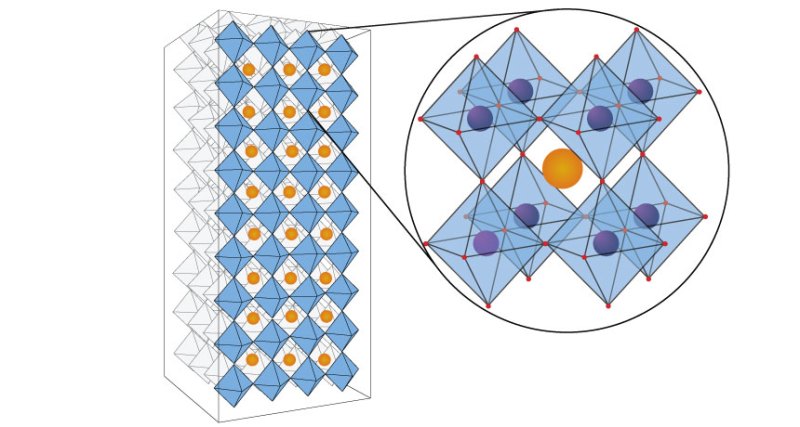
Perovskites are the latest hot materials in solar energy production.
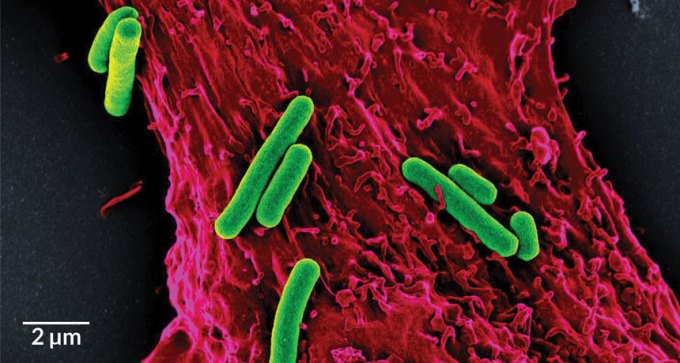
Photosynthetic bacteria can produce oxygen to keep rat heart muscles healthy after a heart attack.
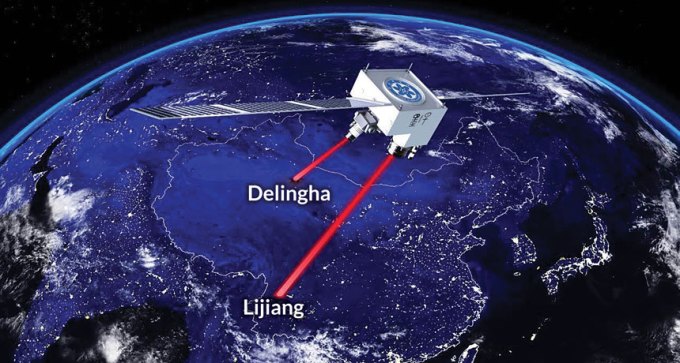
A satellite sent entangled particles to two Chinese cities 1,200 kilometers apart.
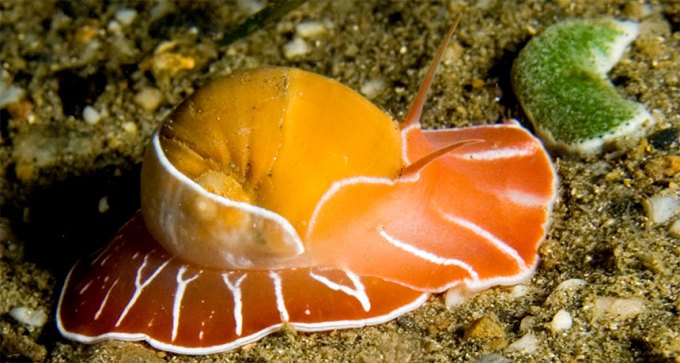
Killer snails and other ocean predators that drill through shells have grown bigger over evolutionary time.
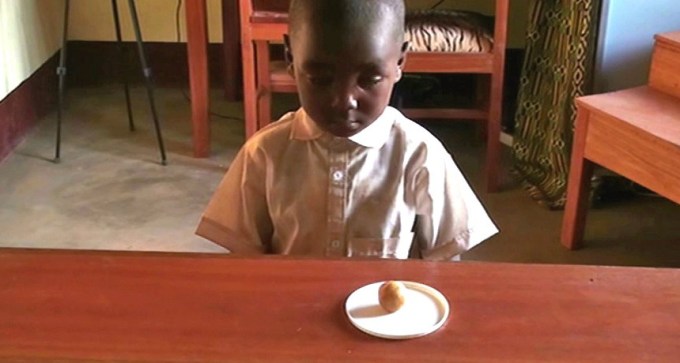
Nso farmers in Cameroon groom kids for self-control that Western peers often lack.
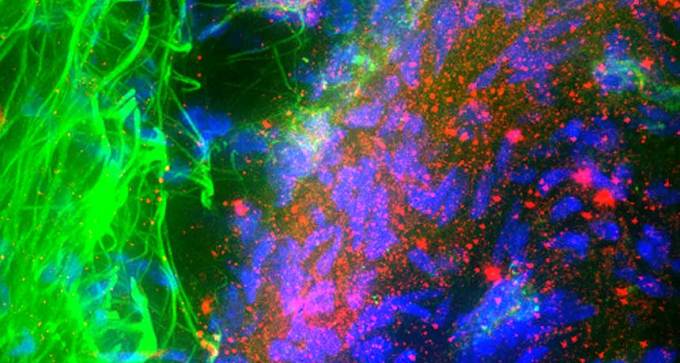
The immune system recognizes parts of a protein linked to Parkinson’s disease as foreign, triggering an autoimmune response.
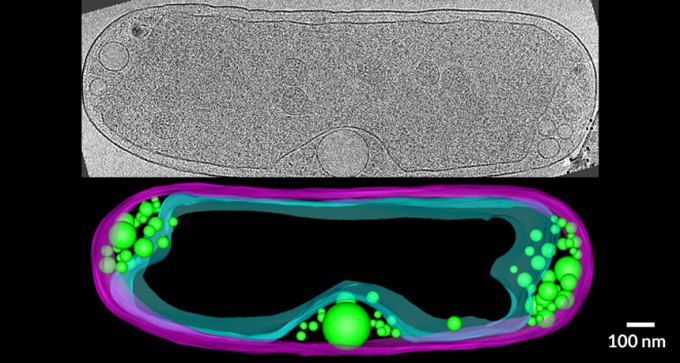
New images reveal the inner workings of bacteria.
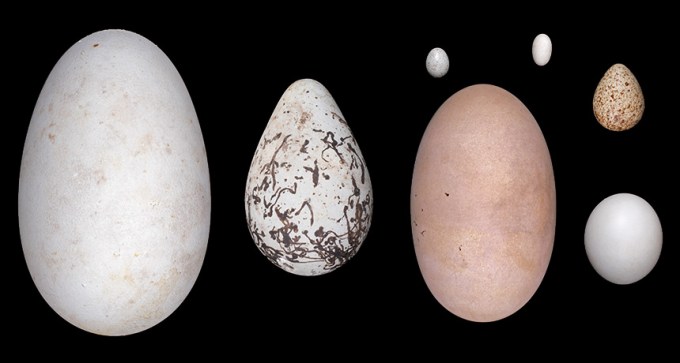
An analysis of nearly 50,000 bird eggs finds a link between a species’ egg shape and flight ability.
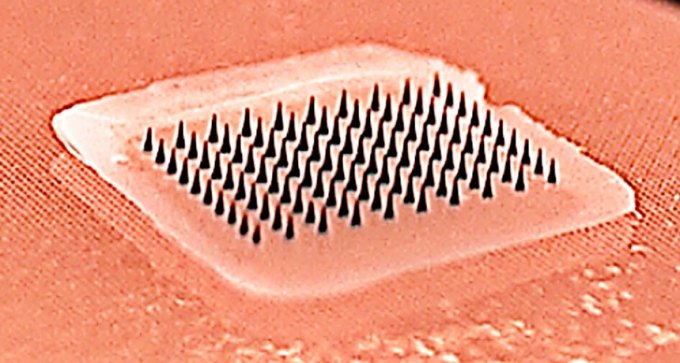
Microneedle patches may make home-based vaccination a reality.
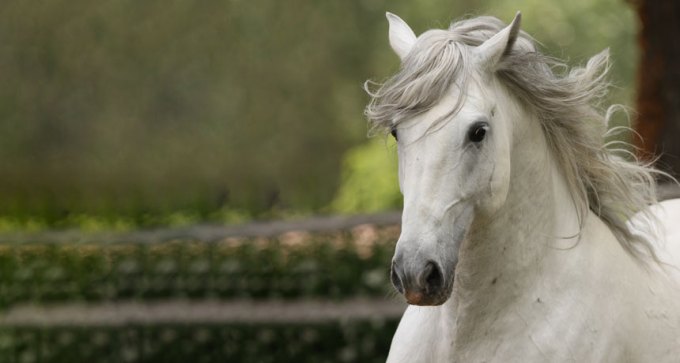
Genetics and horse pedigrees reveal all modern domestic stallions’ sires.
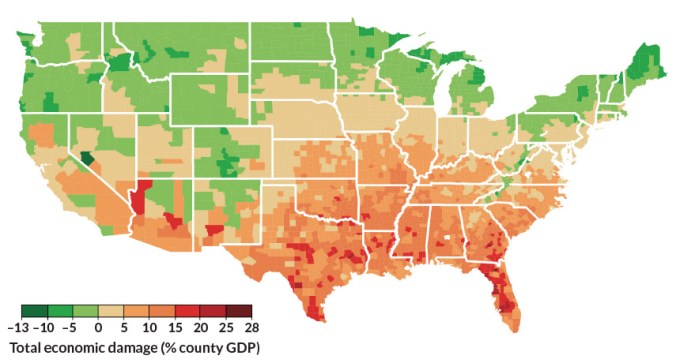
Counties across the United States won’t all pay the same price for climate change, a new simulation predicts.

Scent molecules hitch a ride on a particular protein to escape flowers.
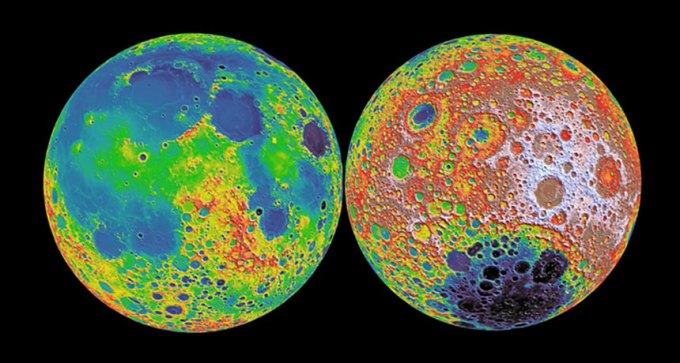
Heat from a glowing infant Earth could have vaporized the moon’s metals into an atmosphere as thick as Mars’, a new simulation shows.
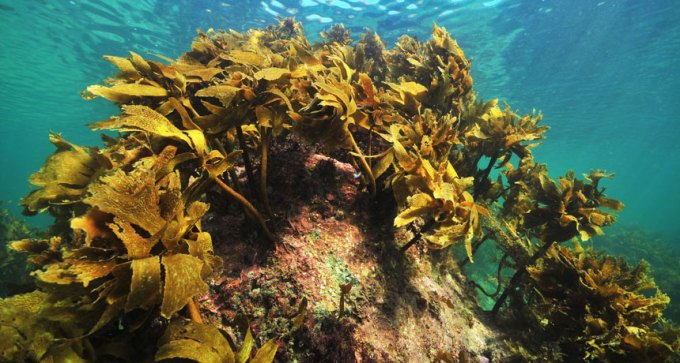
Sounds reverberating through a kelp bed can be linked to environmental factors, suggesting a low-key way to monitor undersea communities.
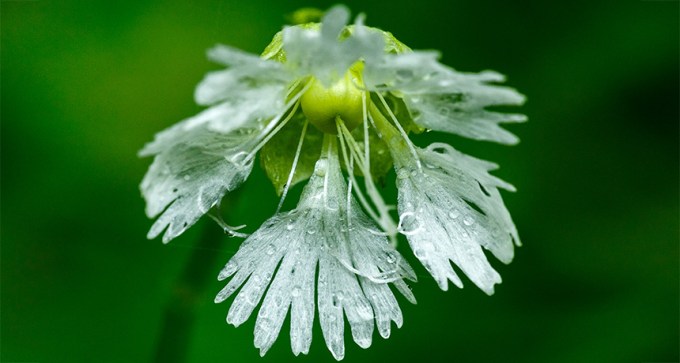
A new example of sexual conflict shows up in a plant with a troublesome pollinator.
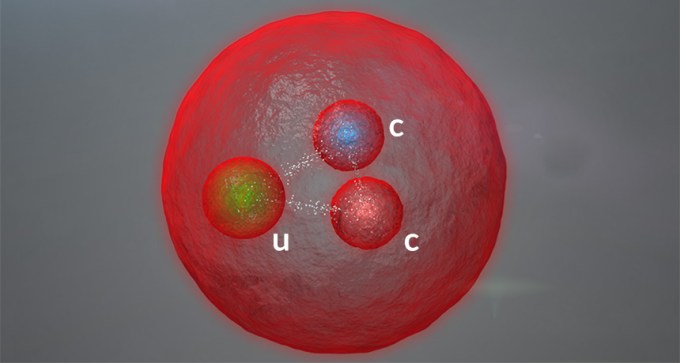
First-of-its-kind subatomic particle is composed of two charm quarks and an up quark.
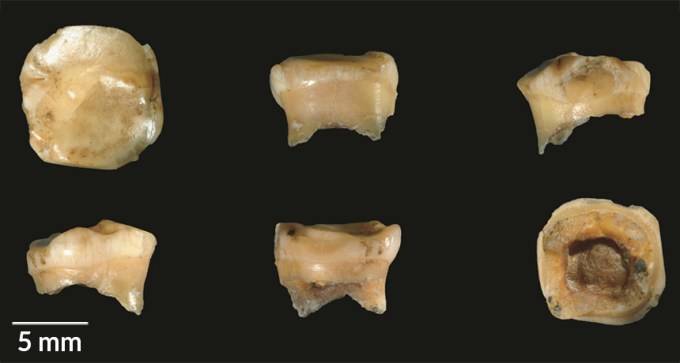
A Denisovan child’s fossil tooth dates to at least 100,000 years ago, researchers say.
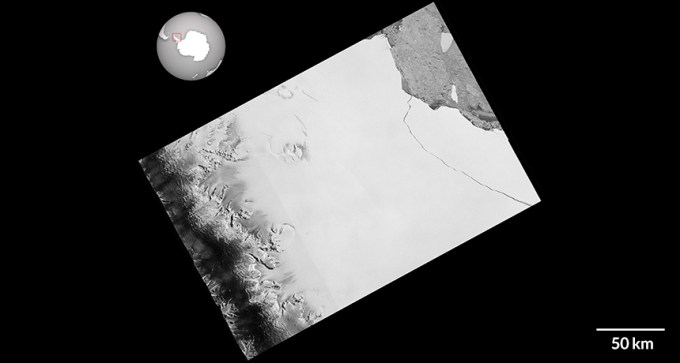
An iceberg about the size of Delaware splintered from the Larsen C ice shelf in one of the largest calving events ever recorded.
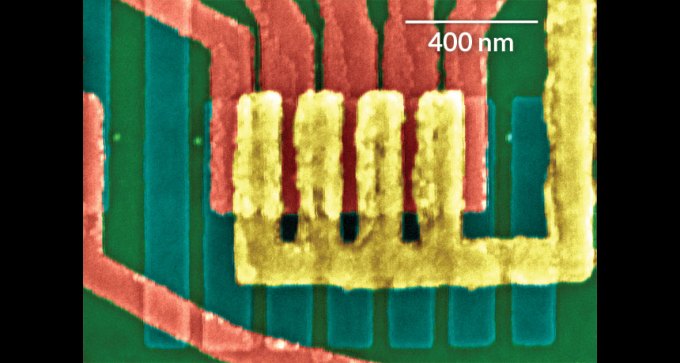
Tiniest transistor, made with carbon nanotubes, suggests computers aren’t done shrinking down.
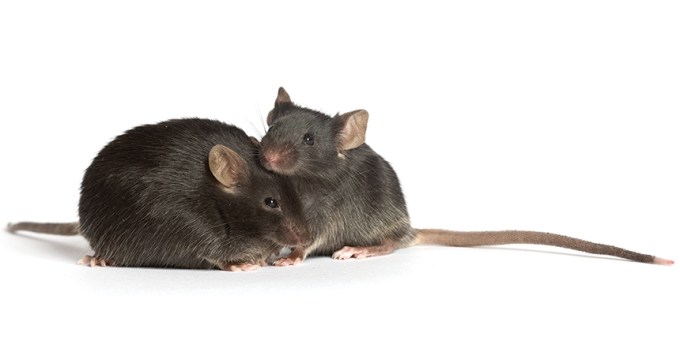
Mice described in 1967 are still helping researchers understand diabetes.
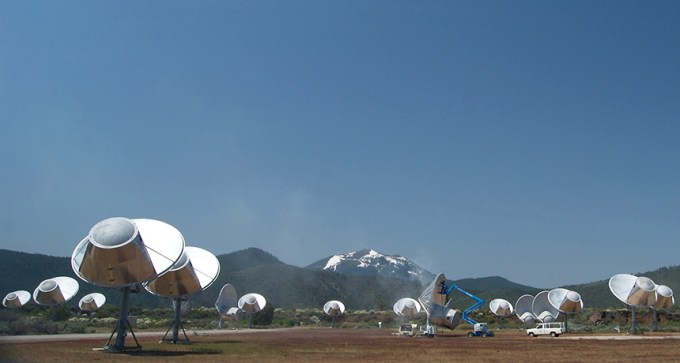
For decades, astronomer Jill Tarter led the hunt for extraterrestrial intelligence, as detailed in a new biography.
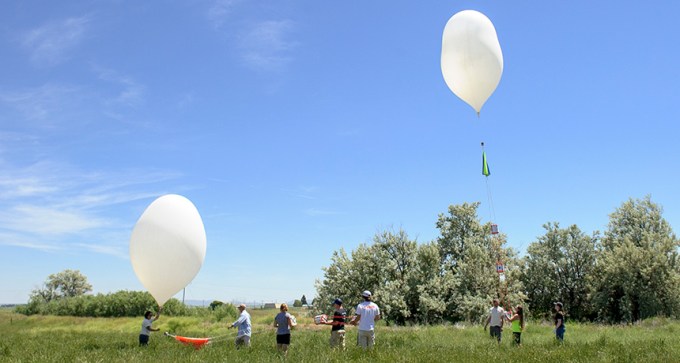
Astrophysicist Angela Des Jardins is coordinating the first-ever livestream of a solar eclipse filmed from balloons.
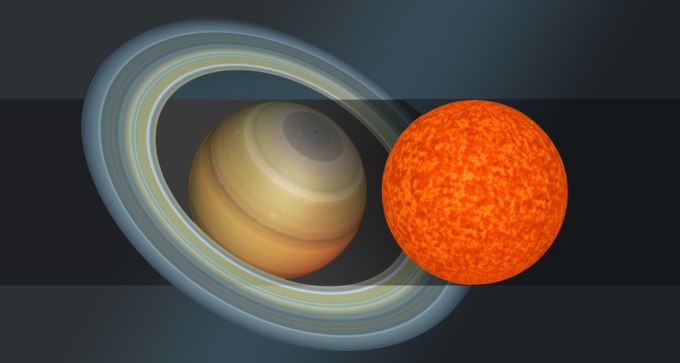
A Saturn-sized star is one of the smallest yet discovered.
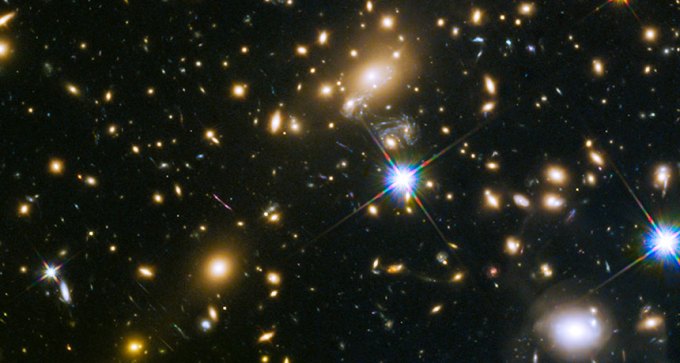
A bright blue star sends its light from two-thirds of the way across the universe, thanks to a chance alignment with a galaxy cluster.
Subscribers, enter your e-mail address to access the digital replica edition.